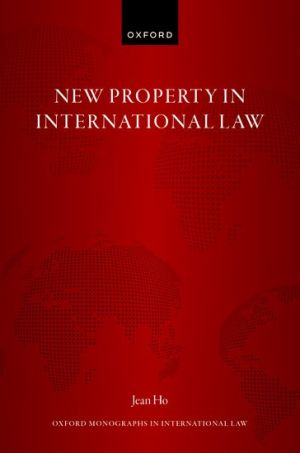
Until now, the definition of property in international law has been poorly addressed. It is assumed that international law possesses sufficient content to regulate property, that provisions in international instruments addressing property rights are shown to act, and that resolutions of property disputes are claimed to be in accordance with international law. Yet, when asked to define key attributes of property in international law are, the legal world draws a collective blank.
New Property in International Law examines how international law consistently falls short when it comes to new property regulation, because key stakeholders have failed to define what property is. The book considers and categorises new property into three areas; cultural property, common property, and contingent property, aiming to carve out, update, and impart coherence to international property law. By sketching the contours of new property in international law through a rigorous analytical comparison of property concepts in the Western, Soviet, post-Soviet, Chinese and Islamic juristic traditions, this work enables a balanced distillation of core attributes of new property from diverse property concepts that can then be woven into a broadly acceptable and broadly applicable definition.